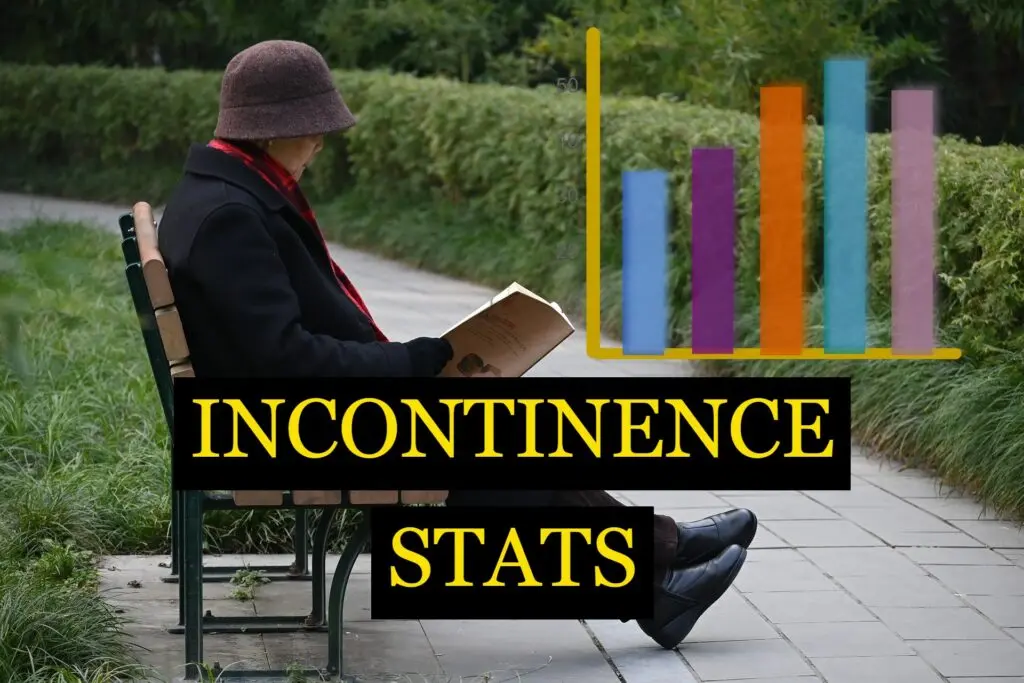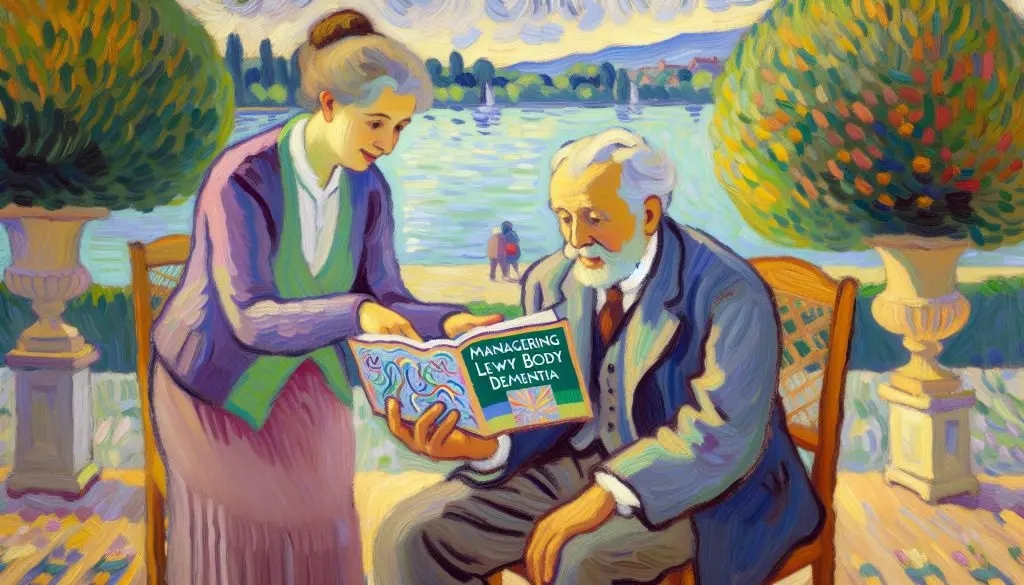An active social life in senior communities is a cornerstone of emotional well-being and longevity. As we explore the diverse ways of fostering camaraderie and connection among older adults, let’s delve into the practical steps that can make a substantial difference in their daily lives and promote a vibrant community spirit.
1. Fostering a Community Atmosphere
The Importance of Community Spaces in Senior Living
The creation of appropriate community spaces is critical for establishing a nurturing environment for older adults. Such spaces encourage residents to step out of their individual living areas and connect with their peers, which is fundamental to maintaining mental and emotional well-being. They serve as the backbone for a wide range of social interactions—from casual chats to structured activities—enabling residents to forge meaningful bonds with one another.
An expertly designed community space should be both functional and inviting, underpinning a robust social structure within the senior community. Ideally, these areas are easily accessible and equipped with comfortable seating, facilitating engagement among residents with varying levels of mobility. By providing a setting that honors the comfort and needs of its members, senior communities can help residents maintain an active social life, enriching their golden years with camaraderie and support.
Organizing Regular Social Events and Gatherings
Happening communal events provide structure to the everyday life within a senior residence and are a cornerstone for cultivating an active social environment. By organizing a variety of gatherings—from holiday celebrations to educational seminars—senior communities offer residents opportunities to interact, learn, and simply enjoy life together. Consistent scheduling of such events goes a long way in helping residents have something to look forward to, potentially improving overall life satisfaction.
To cater to diverse interests, it’s imperative for event planners within these communities to listen to the residents and involve them in the decision-making process. Whether it is a book club, a music night, or an exercise class, the aim is to foster a vibrant and inclusive atmosphere, encouraging residents to participate and, as a consequence, to relish an active social life in senior communities. This strategy not only brings fun and entertainment into their daily routines but also plays a significant role in mitigating feelings of loneliness and isolation that can impact the elderly population.
2. Integrating Wellness with Social Activities
Leading an active social life in senior communities is a key component to enhancing the overall quality of life for older adults. One approach to promoting this active lifestyle involves integrating wellness with social activities. A multidimensional approach that combines physical activity and mental stimulation can greatly benefit elderly residents by addressing both their bodily health and emotional well-being.
Incorporating Physical Activities for Social Interaction
Physical activity is essential for maintaining strength, flexibility, and stamina in older adults. By organizing group exercises, such as group walks, dance classes, or chair yoga sessions, individuals can engage in beneficial physical movement while simultaneously interacting with their peers. These group activities not only aid in preventing physical decline but also foster a sense of community and belonging among participants, something that is especially valuable in later years.
Pairing physical activities with social interaction also helps motivate individuals to regularly participate, as the enjoyment of companionship often complements the exercise routine. Games like bocce ball, shuffleboard, or swimming relays are examples of activities that seamlessly blend socializing with physical health benefits, making the pursuit of fitness a more enjoyable and communal experience.
Promoting Mental Health Through Group Learning and Hobbies
Mental well-being is just as important as physical health, and creating opportunities for intellectual engagement is pivotal in senior communities. Group learning sessions, such as book clubs or language classes, not only stimulate the brain but allow members to interact and forge connections with one another over shared interests. Engaging in hobbies, crafts, or cultural outings as a group can also be effective in keeping the mind sharp while providing a platform for social exchange.
Regularly scheduled events that focus on mental exercise encourage continuous personal growth and help prevent feelings of loneliness and isolation. The role these activities play in promoting mental health cannot be overemphasized, as they contribute greatly to the joy and satisfaction experienced in daily life for seniors. By prioritizing such programs, communities can ensure that their residents lead fulfilling lives with ample opportunities for both physical and mental engagement.
Ultimately, when wellness is interwoven with social activities, the result is a more vibrant community where seniors thrive. Implementing these measures ensures that every resident has the chance to lead an enriching and connected lifestyle, crucial elements for our cherished older population.
3. Overcoming Barriers to an Active Social Life
Identifying and Addressing Mobility Issues
As we age, maintaining an active social life can sometimes become challenging, particularly when mobility issues are part of the equation. For seniors, it’s vital to receive appropriate support to help manage and improve mobility constraints. This may involve working with physical therapists to design exercise regimens that promote flexibility, strength, and balance. Additionally, it’s important to utilize aids like walkers, canes, or wheelchairs that can help in maintaining confidence in movement.
Family members and caregivers play a crucial role by ensuring regular check-ups with healthcare providers to keep tabs on a senior’s mobility status. By taking proactive steps to address deterioration in movement, the elderly can more readily continue to engage in community events and social gatherings that are important for their mental and emotional well-being.
Ensuring Accessibility and Inclusion in Activities
Another key aspect of fostering an active social life in senior communities involves guaranteeing that activities are both accessible and inclusive. Organizers of social events should ensure that venues are wheelchair-friendly with ramps, elevators, and accessible restrooms. It is also imperative to consider the varying levels of physical abilities among seniors when planning activities.
By including a range of activity options that cater to different interests and capabilities, communities can help ensure that no one is left out. Activities could range from seated yoga classes to book clubs and art workshops, all designed with the principle of inclusiveness in mind. A diverse social calendar not only accommodates various mobility levels but also enriches the community experience for all participants.
In summary, maintaining an active social environment for older adults necessitates a thoughtful approach to overcoming the physical barriers they may face. By prioritizing mobility support and ensuring inclusive access to a range of activities, senior communities are empowered to offer a fulfilling social life that can significantly enhance the quality of life for their residents.
4. Cultivating Interests and Lifelong Learning
Encouraging Participation in Special Interest Groups
For those residing in senior communities, engagement in special interest groups can serve as a powerful avenue for enhancing quality of life. These groups provide an opportunity for individuals to delve into hobbies and passions that resonate with them, whether it be gardening, literature, or arts and crafts. By participating in such communities, older adults can forge meaningful relationships with their peers, share knowledge, and collaborate on projects that bring a sense of accomplishment and joy.
Regular involvement in interest-based activities not only nurtures existing hobbies but can also spark new interests. This is crucial because maintaining an inquisitive and active mind is associated with various health benefits, including reduced risk of cognitive decline. Hence, family members and caregivers are encouraged to support and motivate seniors to join these groups, which in turn fosters an active social life in senior communities.
Leveraging Technology to Connect and Learn
In today’s tech-savvy world, leveraging technology is indispensable for continual learning and connection. Seniors in communities can benefit immensely from digital platforms that offer educational resources, virtual tours, and online courses. These tools can help elder individuals stay current with world events, learn new skills, and even master new languages, all from the comfort of their homes.
Moreover, technology possesses the power to bridge geographical divides, allowing seniors to maintain close ties with family and friends. Video calls, social media, and digital messaging are just a few ways older adults can sustain their social networks. This aspect of technology is particularly valuable, as a robust support system is essential for emotional well-being. Thus, embracing technological solutions plays a vital role in promoting an active social life for seniors by expanding the horizons of learning and interaction.
Family members and caregivers can assist by introducing user-friendly devices and apps suited to the elderly. Providing guidance and support to overcome any initial technology-related hurdles can go a long way in ensuring that older adults feel comfortable and confident in engaging with these modern tools.
5. Nurturing Inter-Generational Connections
Facilitating Family Involvement and Community Outreach
One significant aspect of maintaining an active social life for older adults is strengthening the bonds between generations. Family involvement is crucial, as it provides seniors with a sense of belonging and continuity. It also allows younger family members to benefit from the wisdom and experiences of their elders.
To facilitate this engagement, senior communities are increasingly developing programs that encourage family members to participate in various activities. From weekly family nights to inter-generational learning workshops, these initiatives help bridge the gap between seniors and their loved ones. Moreover, fostering a culture of inclusion within the community is important, ensuring no one feels isolated or left out.
Creating Volunteer Opportunities Within and Beyond the Community
Cultivating a spirit of giving back can play a pivotal role in enhancing the active social life for residents within senior communities. Volunteer opportunities that allow seniors to share their skills and knowledge not only enrich their lives but also make significant contributions to the well-being of others.
Communities might set up mentorship programs where seniors can guide young professionals, or they could partner with local schools for reading programs that benefit both students and senior volunteers. Such activities are a testament to the positive impact that older adults can continue to have within society, promoting a sense of purpose and community connection that is vital at any age.
6. Maintaining an Active Social Calendar
An integral part of wellness for older adults is social interaction. To support an active social life in senior communities, various methods can be employed to keep everyone informed and engaged.
Community Newsletters and Noticeboards
One effective tool to promote events and social opportunities is through community newsletters. These newsletters are often filled with timely information about upcoming activities, clubs, and gatherings that residents can be a part of. The interactive quality of newsletters can also come from contributions made by the residents themselves, sharing stories, recipes, or personal celebrations which fosters a sense of belonging and community spirit.
Similarly, noticeboards serve as a central spot where residents can easily check for new notices, event flyers, and sign-up sheets. By placing them in common areas, such as the lobby or near the dining hall, residents are encouraged to regularly review and join in on activities that interest them. They can also serve as a space for residents to post personal messages or search for peers with similar interests to join in on hobbies or outings.
Developing a Regular Schedule of Diverse Activities
Consistency in planning can be the backbone of a healthy social environment. Establishing a regular schedule of activities allows residents to look forward to and prepare for recurring events, such as weekly book clubs, daily exercise classes, or monthly birthday celebrations. It also helps to create routine and structure, which can be comforting and improve engagement among residents.
- Classes that promote physical health, such as yoga or tai chi
- Cultural and educational events like museum trips or language classes
- Creative workshops for arts and crafts or music
- Interactive games that stimulate mental acuity, including board games or trivia competitions
The key to this approach is diversity in the selection of activities. It ensures that there’s something for everyone and caters to a wide range of interests and abilities. For instance, offering both physically active events as well as more sedentary options means that residents with varying levels of mobility can participate. It’s also important to introduce new activities periodically to maintain interest and enthusiasm.
In conclusion, fostering an active social scene in senior living entails a blend of clear communication via newsletters and noticeboards, and the creation of a dynamic, inclusive activities calendar. This not only enriches the lives of community members but also serves as a fundamental aspect of their overall health and well-being.
7. Addressing the Role of Senior Community Staff
One of the integral components to cultivating an active social life in senior communities is empowering the staff with the right training. It’s crucial for personnel to not only support the logistics of social activities but also to foster an atmosphere where socialization is encouraged and nurtured. Training aimed at educating staff members about the importance of social interactions among residents and equipping them with the skills to facilitate these connections can have a meaningful impact on the community’s overall well-being.
Staff training should include communication techniques, leadership skills for group activities, and sensitivity towards the unique social needs of each resident. Importantly, the practice of active listening can help residents feel valued and understood, paving the way for more genuine social connections. Recognizing and overcoming barriers to socialization such as mobility issues, hearing impairments, or cognitive challenges is another critical aspect of staff training.
Encouraging Staff Participation in Community Life
When staff members actively engage in community life, they model social behavior and contribute to a vibrant communal atmosphere. It’s beneficial for the personnel to participate in events and activities, not just as facilitators but as community members, to strengthen the bonds between residents and staff.
Community leaders can set the tone by integrating staff into various aspects of social life, whether that includes sharing meals with residents, joining in on games and recreational activities, or simply having meaningful conversations. By blurring the lines between those who give care and those who receive it, senior communities can create a more homelike environment where everyone feels a part of something larger than themselves, fostering a true sense of belonging and camaraderie.
By considering these strategies, senior communities can significantly enhance the quality of life for their residents through an enriched social environment. Providing staff with the tools and encouragement to take an active role in the social fabric of the community is a step towards ensuring that every resident has the opportunity to engage in fulfilling social interactions.
Did you know? According to research, seniors with an active social life tend to have a reduced risk of cognitive decline. This underscores the importance of cultivating a thriving social atmosphere in senior communities, where engagement can serve as both a protective factor for mental health and a catalyst for overall happiness.


